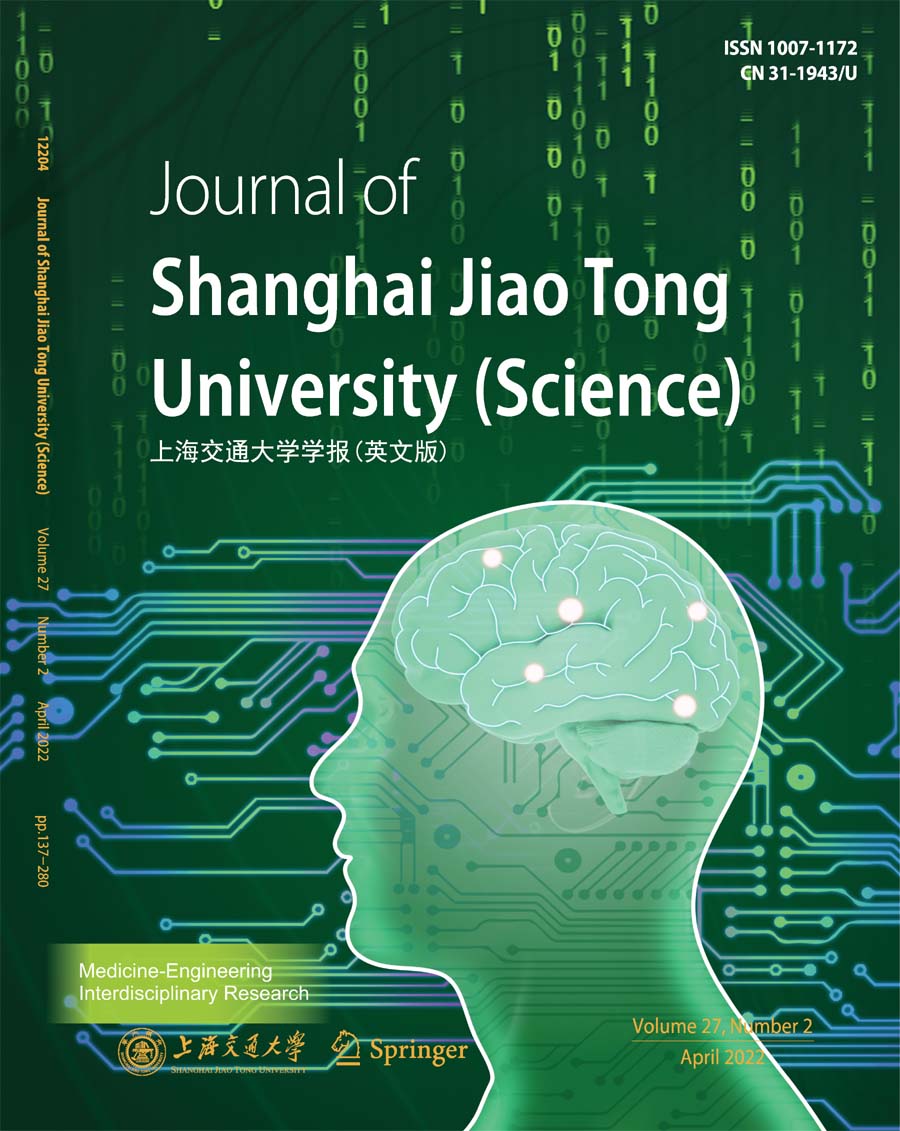|
|
Instruction Cues Increase Brain Network Complexity During Movement Preparation
WANG Ning (王宁), ZHANG Lipeng (张利朋), ZHANG Rui (张锐), MA Liuyang(马留洋),NIU Deyuan(牛得源), ZHANG Yankun (张彦昆), ZHAO Hui (赵辉), HU Yuxia* (胡玉霞)
2022, 27 (2):
202-210.
doi: 10.1007/s12204-021-2342-0
Instruction cues are widely employed for research on neural mechanisms during movement preparation.However, their influence on brain connectivity during movement has not received much attention. Herein, 15 healthy subjects completed two experimental tasks including either instructed or voluntary movements; meanwhile electroencephalogram (EEG) data were synchronously recorded. Based on source analysis and related literature,six movement-related brain regions were selected, including the left/right supplementary motor area (SMA),left/right inferior frontal gyrus (iFg), and left/right postcentral gyrus (pCg). After assuming 10 a priori models of regional brain connectivity, we evaluated the optimal connectivity model between brain regions for the two scenarios using the dynamic causality model (DCM). During voluntary movement, the movement originated in the SMA, passed through the iFg of the prefrontal lobe, and then returned to the main sensory cortex of the pCg. In the instructed movement, the movement originated in the iFg, and then was transmitted to the pCg and the SMA, as well as from the pCg to the SMA. In contrast to the preparation process of voluntary movement,there were long-range information interactions between the iFg and pCg. Further, almost the same brain regions were active during movement preparation under both voluntary and instructed movement tasks, which evidences certain similarities in dynamic brain connectivity, that is, the brain has direct connections between the bilateral SMA, bilateral pCg, and bilateral SMA, indicating that the both brain hemispheres work together during the movement preparation phase. The results suggest that the network during the preparation process of instructed movements is more complex than voluntary movements.
References |
Related Articles |
Metrics
|

